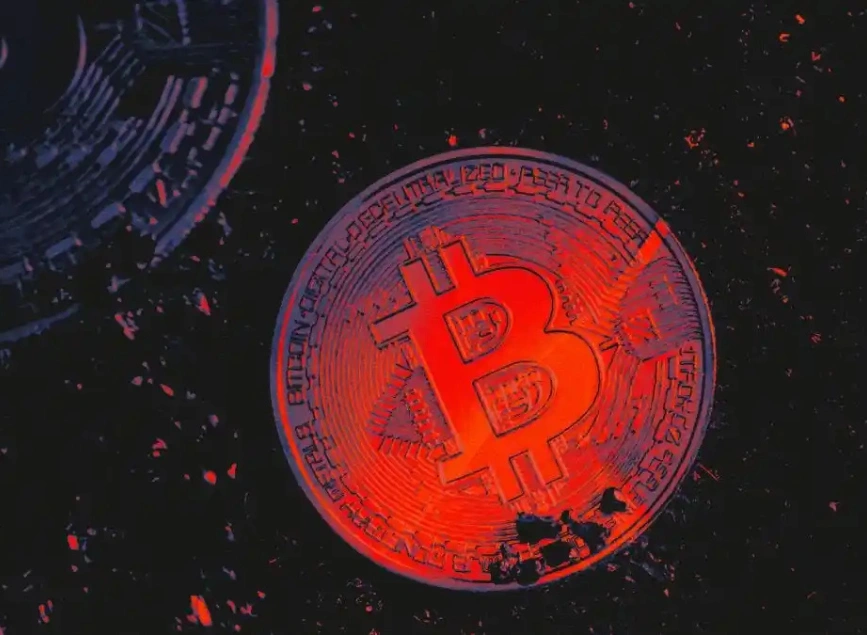
United States Producer Price Inflation
In September 2024, factory gate prices in the United States remained unchanged, contrasting with a 0.2% increase in the previous month and falling short of market forecasts that predicted a 0.1% rise. This stagnation reflects underlying challenges in the goods sector, despite some gains in service prices.
Service Prices Increase
While overall factory gate prices were flat, service prices saw an uptick of 0.2%. This increase was primarily driven by a significant 3% rise in deposit service costs. Additionally, other sectors experienced price increases, including:
- Machinery wholesaling
- Airline passenger services
These gains in the service sector indicate ongoing demand in certain areas of the economy.
Decline in Goods Prices
Conversely, prices for goods fell by 0.2%, largely attributed to a sharp 5.6% decline in gasoline prices. Other commodities, including diesel fuel, also saw decreases, contributing to the overall reduction in goods prices. This decline reflects fluctuations in energy costs that have affected various segments of the goods market.
Year-Over-Year Producer Price Inflation
On a year-over-year basis, producer price inflation eased to 1.8%, down from a revised 1.9% in the previous month. This marks a seven-month low, although it remains higher than the anticipated 1.6%. The moderation in inflation may suggest a cooling off in price pressures compared to earlier months.
Core PPI Trends
The core Producer Price Index (PPI), which excludes volatile food and energy prices, increased by 0.2% month-over-month, aligning with forecasts. On an annual basis, the core rate rose to 2.8%, up from 2.6% in the previous month and exceeding expectations of 2.7%. This increase indicates that while overall inflation is moderating, underlying price pressures in core sectors remain significant.
Outlook for Inflation
The stagnation in factory gate prices and the mixed performance in different sectors highlight the complexities facing the U.S. economy. While service prices are rising, the decline in goods prices, particularly driven by lower energy costs, presents challenges for overall inflation trends. As the economy navigates these dynamics, the outlook for producer prices will depend on consumer demand, energy prices, and broader economic conditions.
In summary, the U.S. Producer Price Inflation remained unchanged in September, with contrasting trends between service and goods prices. The easing year-over-year inflation rate and the rise in core PPI suggest a nuanced economic landscape as the country moves forward.
Share
Hot topics

How to Invest in Forex and Buy Stocks?
Investing has become one of the most controversial topics. Thanks to social media influencers promoting a particular trading platform or ordinary people trying to become financially independent. It seems like...
Read more




Submit comment
Your email address will not be published. Required fields are marked *